It’s been a busy night in Hamburg, with the Crystal Cabin Award 2022 winners announced.
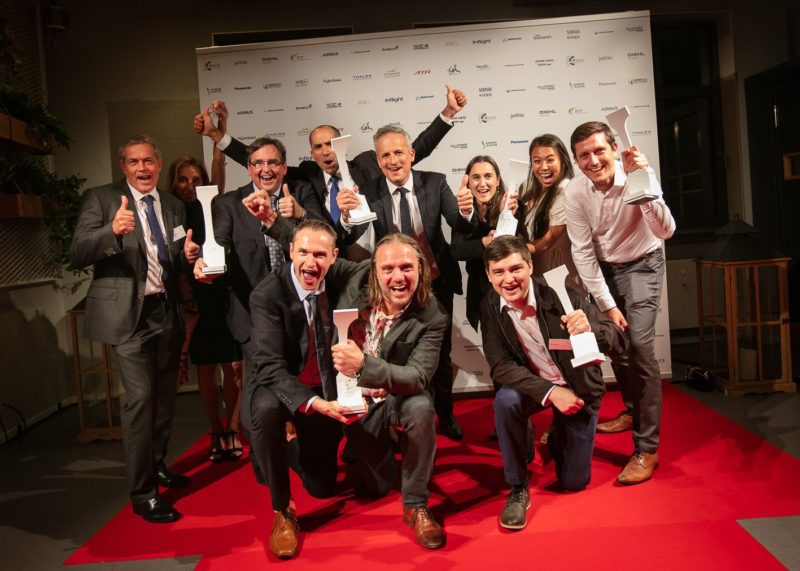
Over eight categories, winners have been announced with innovations and products. Let us take a little dive into the winners
Cabin Concepts: Teague and NORDAM “Elevate”
Elevate presents a design using floating furniture attached to wall braces to give a freer, more organic and more immersive feel than comparable premium accommodation concepts for single-aisle aircraft.
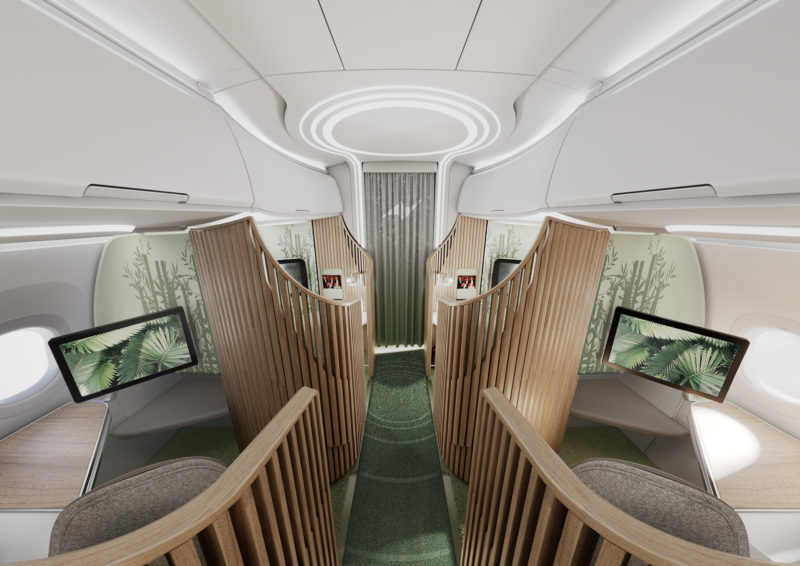
The key driver behind the approach was to offer the privacy and exclusivity of the wide-body premium experience to narrow-body airliner passengers, whilst lowering weight, resulting in lower fuel burn, as well as simpler components that are easier to maintain.
Cabin Systems: Caeli Nova “Cordillera”
Caeli Nova’s Cordillera system is designed to disrupt the established processes and protocols and allow airlines to open direct routes over mountain ranges by extending the time aircraft can fly at high altitude after a decompression incident from 22 to 180 minutes.
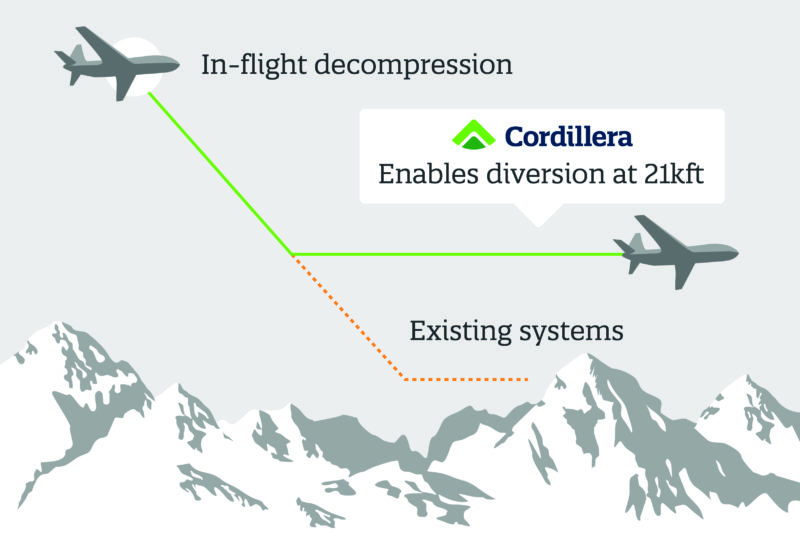
This is a potential game-changer for airlines that have until now had to circumvent high terrains such as the Himalayas, Rockies or Andes. One route that would become widely available using Cordillera is airway L888, which crosses the Himalayas and is 30 minutes quicker than other routes between Europe and parts of Asia, with anticipated annual savings for airlines of $500m and 1.2 million tonnes of CO₂, all by allowing direct routes across mountainous regions, yet without any weight or maintenance penalty.
Health and Safety: Safran Cabin “Fire Resistant Cargo Container”
Fire is one of the worst things in the air that can happen. Uncontained fires are even worse, such as lithium-ion battery fires. So-called Class D fires are among the most dangerous, involving burning metals combusting at extremely high temperatures and spreading very quickly. Fires involving lithium-ion batteries harbour even more risk potential because damage to the battery can cause it to self-ignite. During a Class D fire, the battery releases a flammable vapour, itself injecting further fuel into the fire. Another problem with these types of fire is that they cannot be extinguished and can only be contained until they die out naturally.
Safran Cabin’s Fire Resistant Cargo Container offers fire containment for Class D fires for up to 6 hours, the maximum distance aircraft are allowed to fly from an airport, giving passengers, crew and operators an additional level of protection from a threat that has the potential for catastrophic consequences during flight.
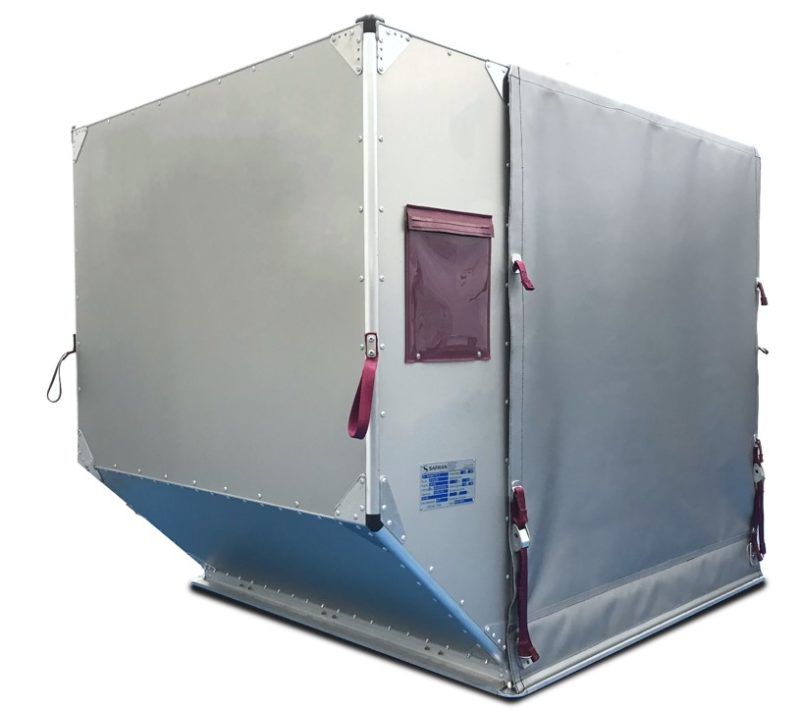
Passenger Comfort: Collins Aerospace “SpaceChiller”
This personal refrigeration unit for individual passengers or larger areas of the aircraft cabin eschews traditional air-cooling technologies. Offering customers cooled snacks and drinks within arm’s reach was long considered difficult to implement. SpaceChiller requires half the power of traditional designs.
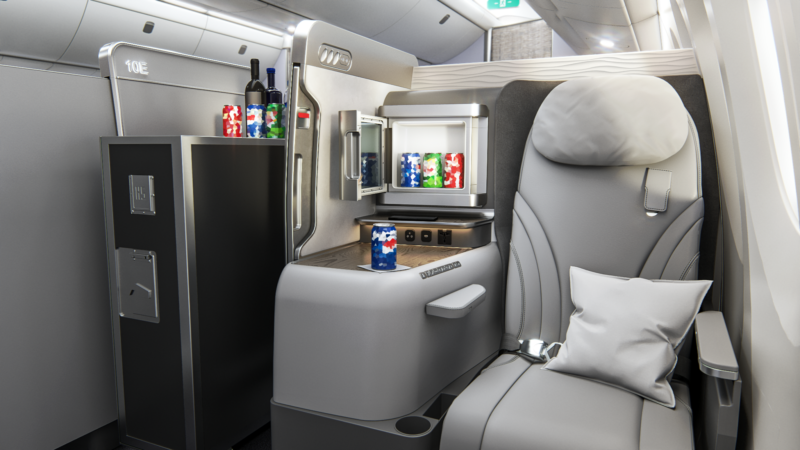
Its modular architecture offers a premium passenger experience and gives airlines added flexibility for services and crew workspace. It’s designed for the for premium seat classes and can be scaled in size as required,
This enables airlines to provide self-service catering areas for passengers without encroaching on flight attendant workspaces or passengers’ personal space. In terms of technologies, it passes on refrigerants, using thermoelectric cooling systems.
IFEC & Digital Services: Anuvu coop. Southwest Airlines “Dedicated Space”
The Dedicated Space by Anuvu promises a five-fold increase in available personal bandwidth and a dramatic reduction in latency, with a more stable inflight connectivity system.

Dedicated Space uses proprietary technology that combines aircraft hardware and intelligent software in a different approach to using satellite bandwidth onboard an aircraft. The software analyses bandwidth demand and dynamically assigns traffic based on individual aircraft requirements. In addition, the solution is already certified for current aircraft.
Winner Material & Components: Thales Avionics “Pulse”
Pulse is a charging solution for aircraft cabins that uses patented power management technology to dynamically allocate power during the flight, offering 350 watts of power in total per four seats, with 140 watts dedicated to IFE, whilst the remaining 210 watts can be allocated to personal electronic devices.
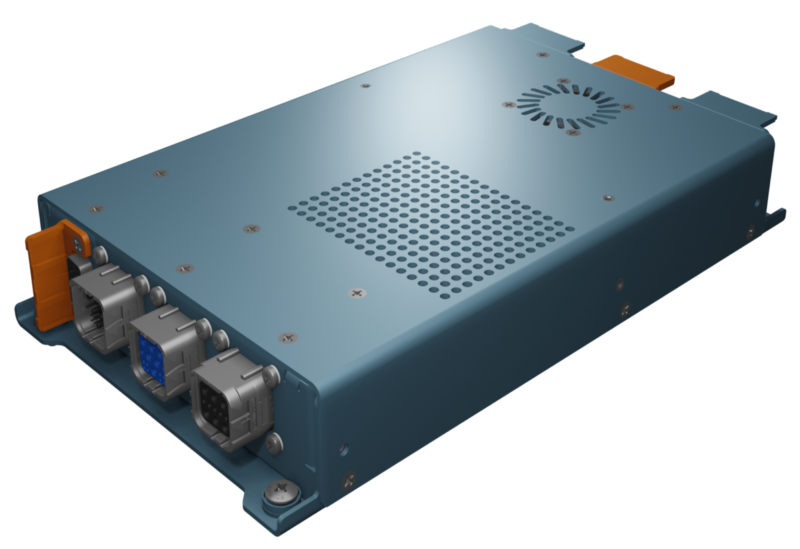
This slim, low-weight power supply unit lets passengers recharge their device in flight via USB-A, USB-C or wireless connection, taking away charge anxiety and letting travellers enjoy their device at any point during their journey.
Sustainable Cabin: Diab “100% Recyclable Panels for Cabin Interiors”
Swedish manufacturer Diab in cooperation with AkzoNobel, Rescoll and Roctool has pioneered a thermoplastics manufacturing process to produce 100% recyclable panels for cabin interiors.
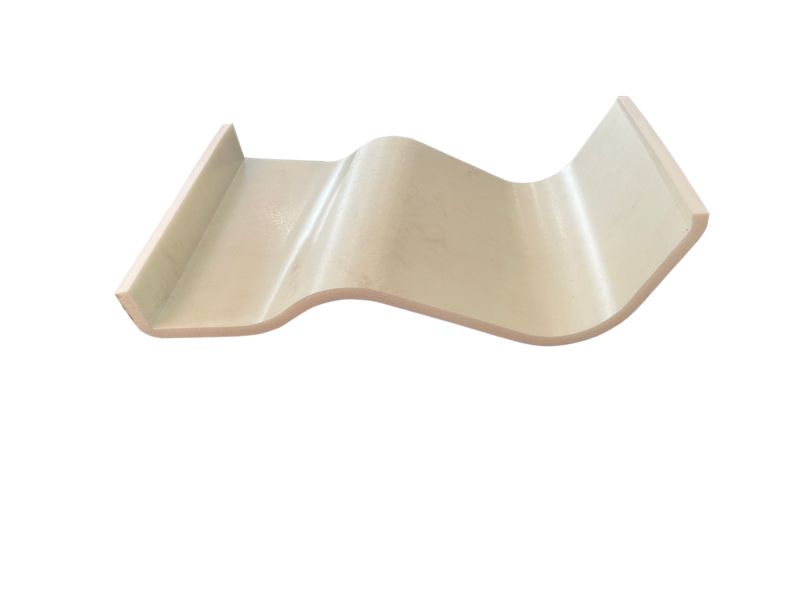
There is an overall reduction in life cycle cost and lower environmental impact by facilitating the recycling of cabin elements. The process developed by Diab and its partners is not only more eco-friendly but also faster than methods using adhesive films. The thermoplastic sheets are welded directly to the foam core which also offers improved acoustic insulation for the finished material.
University: Ken Kirtland “Portal”
The focus of the concept is to use underused regional airports as opposed to the traditional hub-and-spoke concepts for air networks. Portal envisages a new type of zero-emission electric-powered aircraft to ferry passengers between local hubs.
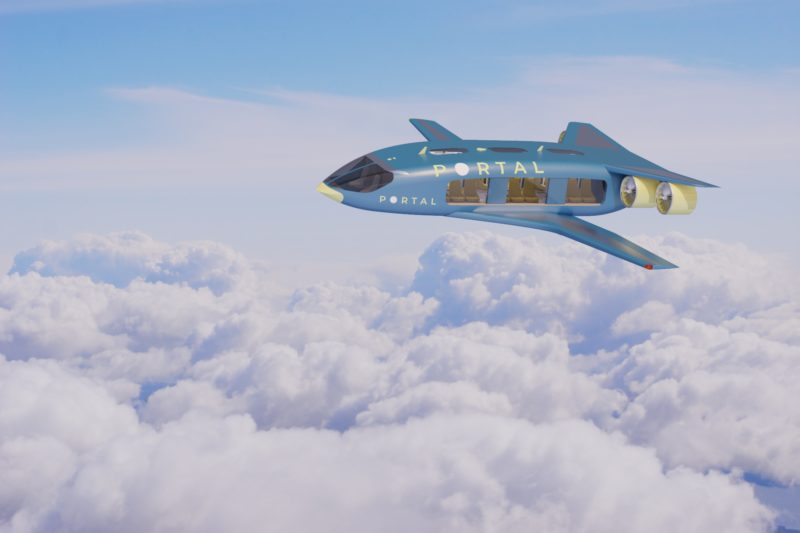
The plane would have a range of 1000 miles and accommodate 30+ passengers, with the cabin featuring all-premium seating with panoramic window views. Seating is arranged around the cabin to speed up access and provide incredible views through the large windows.
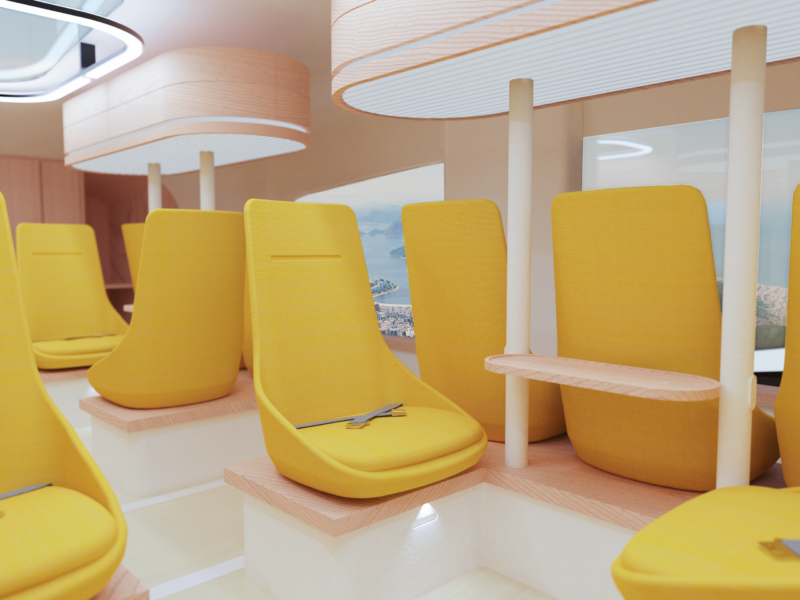
The system would also capitalise on a slower airspeed by offering a more immersive, relaxing travel experience while flying at a low altitude.
Worthy winners
When it comes to the cabin and the Crystal Cabin Awards, there is a mixture of looking at the future – as well as what is available now to airlines, who deliver the products to the passenger – at least one of these is in active service, whilst others are real products that can be purchased for integration (as well as a very interesting concept for the future).
As we progress from the past two years – it is clear innovation continues in the industry.
And that’s always welcome to see.
It’s Aircraft Interiors Expo week in Hamburg! Economy Class and Beyond is on the ground, covering the latest news, product release and updates, interviews, as well as our mixture of in-depth coverage, research, as well as humour and madness.
Come and Connect with us at AIX2022!
Follow me on Twitter at @EconomyBeyond for the latest updates! You can follow me on Instagram too!
Economy Class and Beyond are a proud part of the BoardingArea community, bringing you the latest frequent flyer news from around the world.